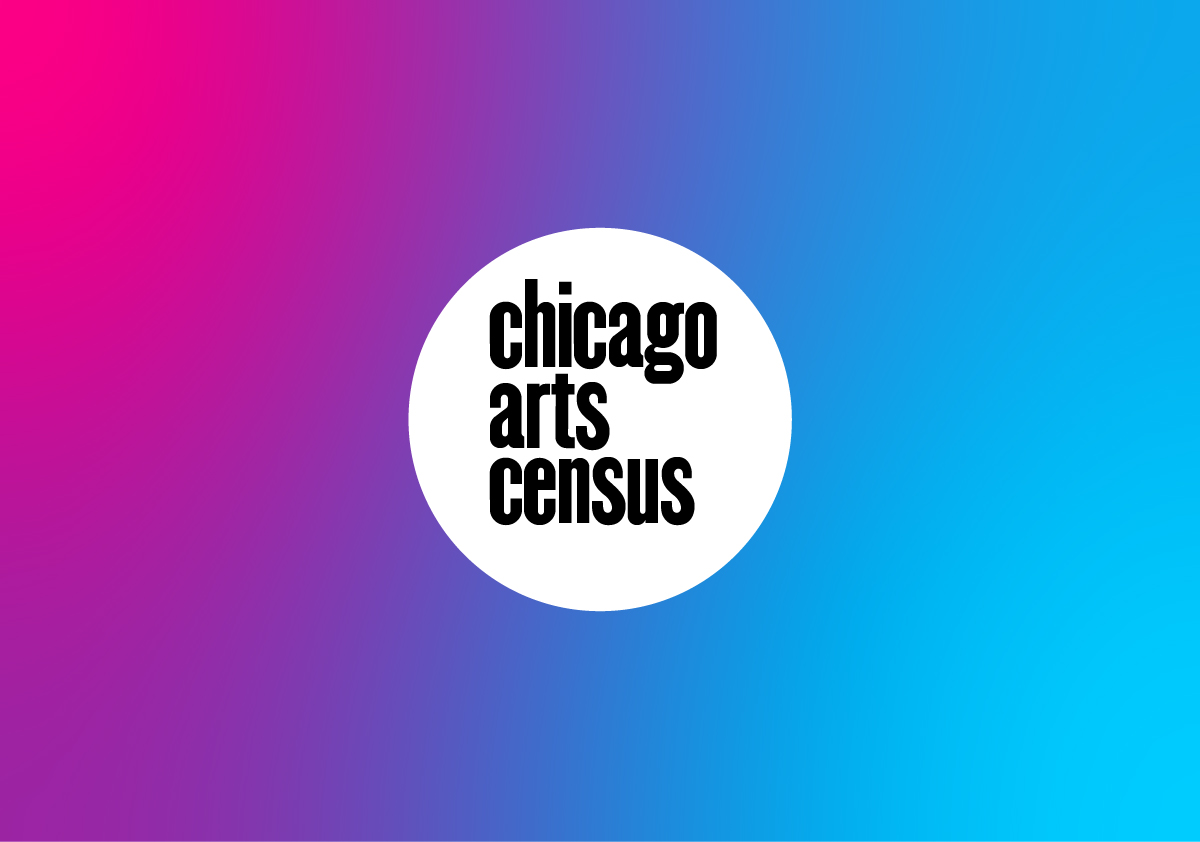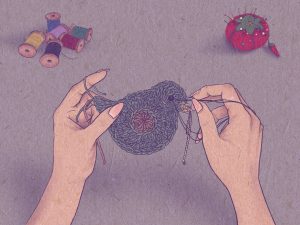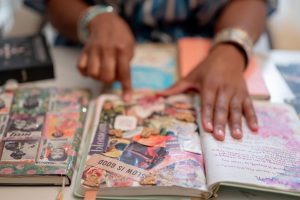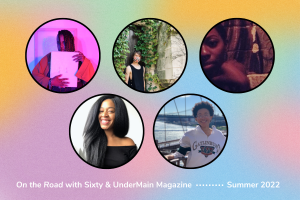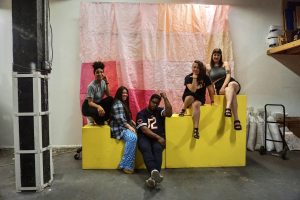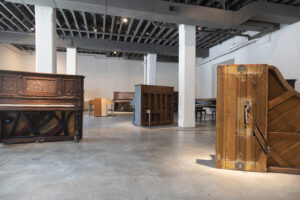The Chicago Arts Census collects, maps, and visualizes data that illuminates the lived experiences and working conditions of arts workers in Chicago to work toward a more sustainable, healthy, and equitable arts ecosystem for the city.
Essays and Interviews
Sixty has worked with the Chicago Arts Census to produce a series of articles to explore the living, labor, and material realities of art workers in the city of Chicago.
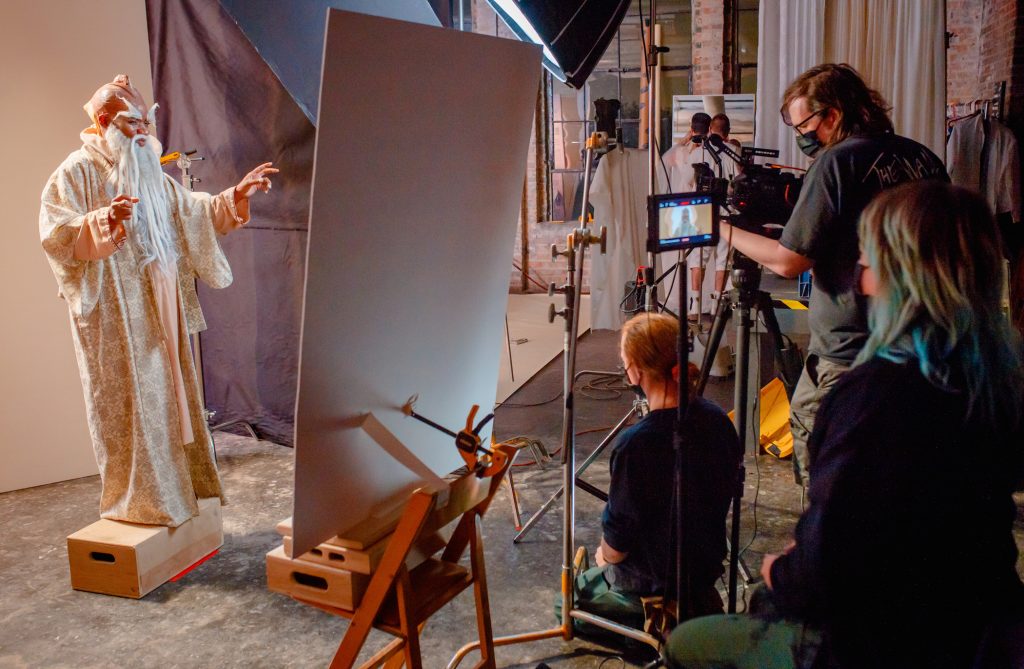
Lion Cages and Lilac Fields: From Chicago Stages to Basements, Art, Work, and Other Pandemic Songs
by Annette LePique
“Who is ,and who gets to be, an art worker? What is the use of art worker as a descriptor, a claim; its histories and genealogies?”
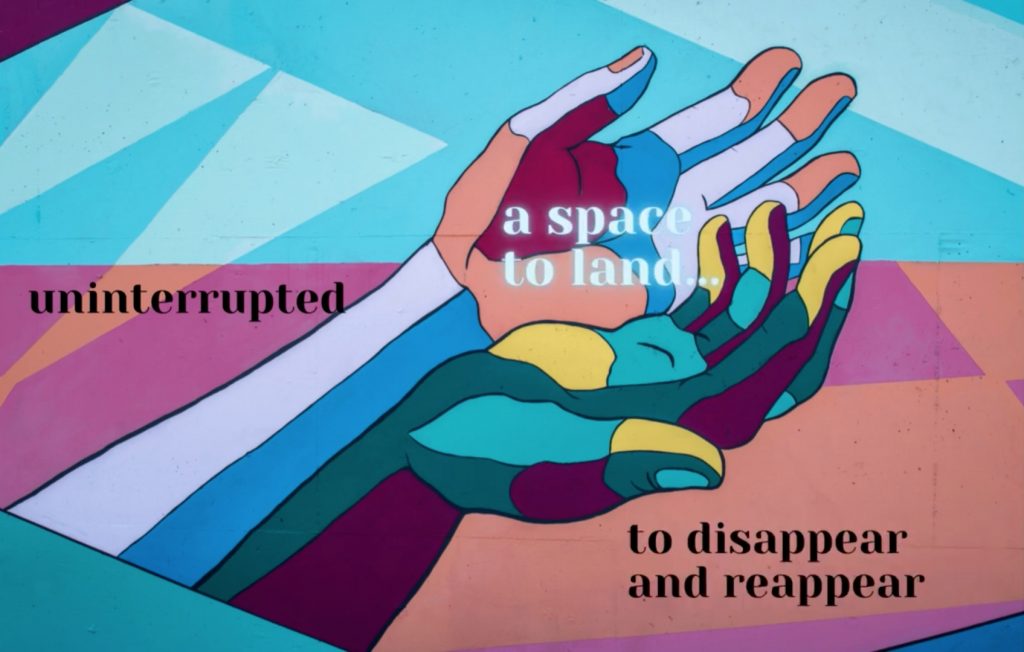
Radically Galvanizing Chicago’s Arts Worker Ecosystem, via Data
by Felicia Holman
Chicago-based arts workers share their experiences within Chicago’s artistic community and envision a sustainable, supportive, care-filled, and healthy arts ecosystem.
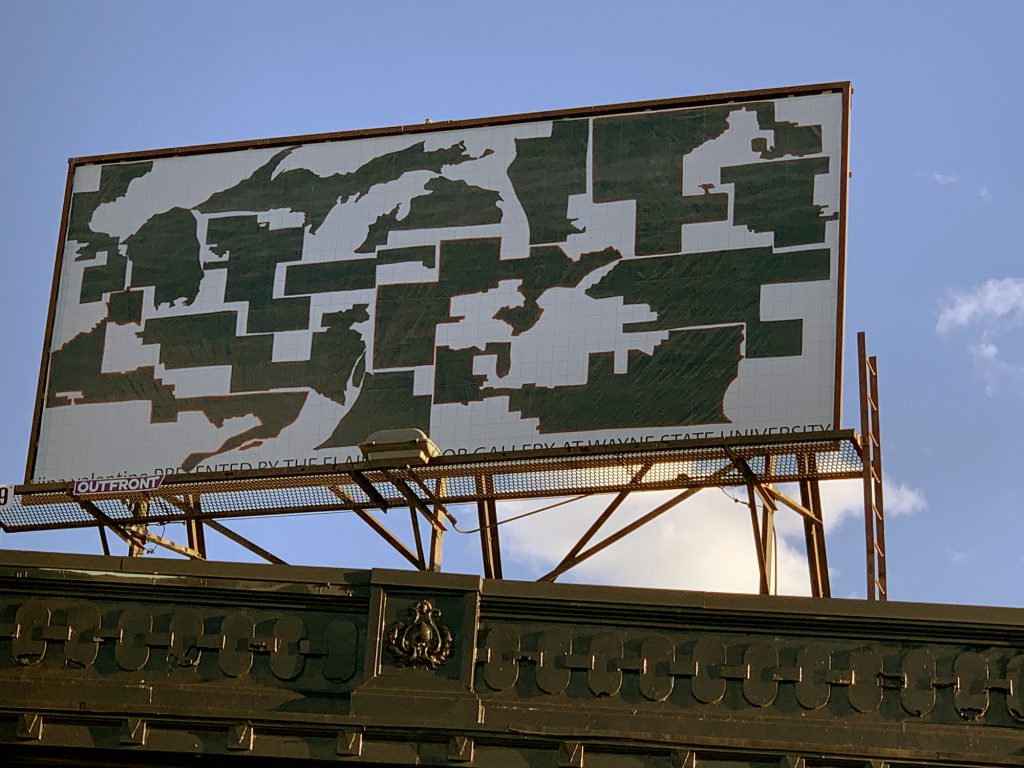
Confounding ‘Finding’
by jina valentine
Writer, artist, educator, and mother jina valentine ruminates on the interactions between data collection, its subsequent archiving, and how one might move through them while contending with the intersections of power and advocacy.
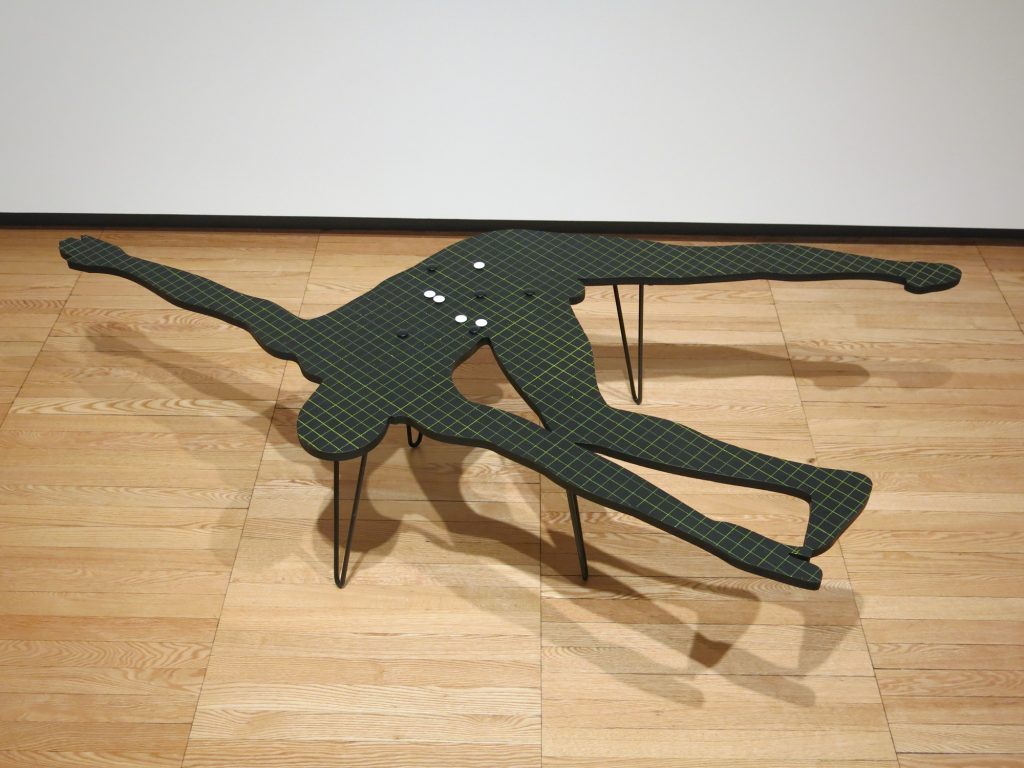
Navigating Systems of Support: The Double-Edged Sword of Success as a Disabled Artist
by Courtney Graham
A discussion between five Chicago-based artists and arts administrators discussing the barriers to receiving support, creative solutions, and what they hope you’ll keep in mind when supporting disabled artists.
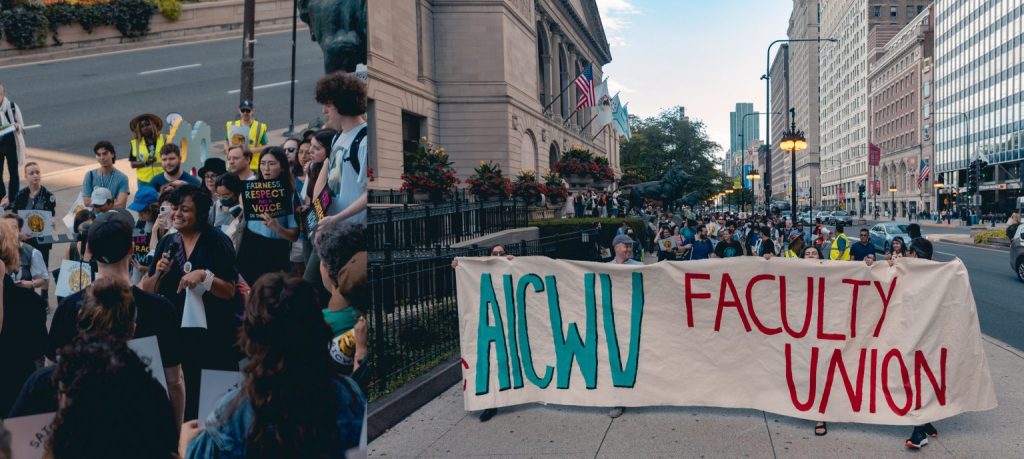
They just use your mind, and you never get the credit/It’s enough to drive you crazy, if you let it…
by Kristi McGuire
Reflections on historical circumstance, class consciousness, union organization among art workers, and continuously advocating for the dignified worth of our labor.
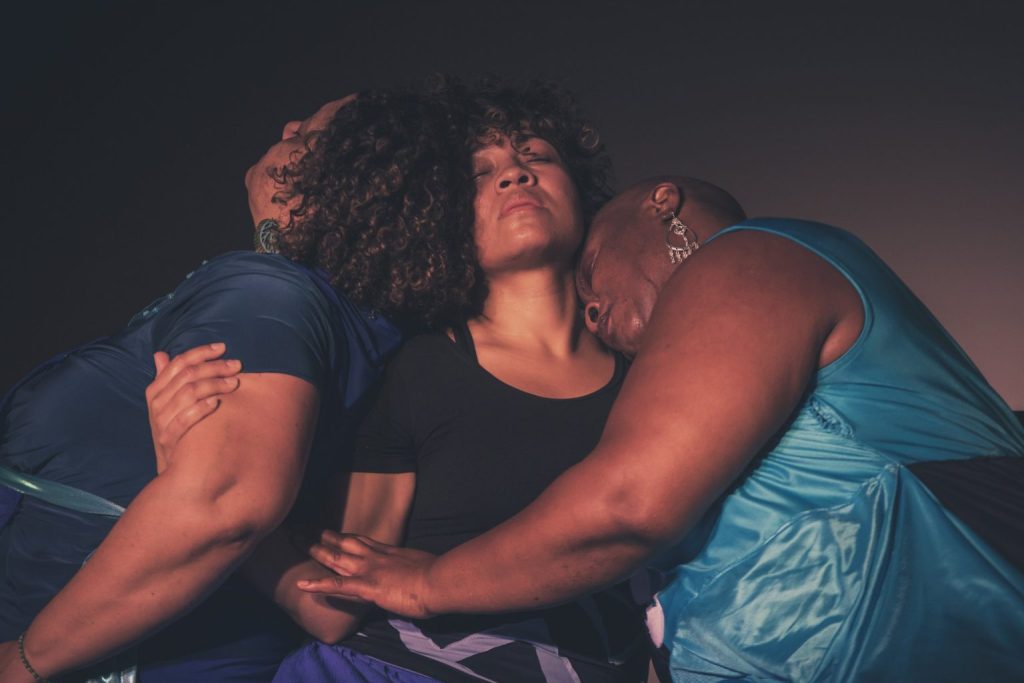
Stronger Together: Building a More Resilient Art Community
by Kerry Cardoza
Looking across the breadth of Chicago’s arts sector in search of overlapping challenges and successes, mutual support and resource sharing, and advocating for ourselves and each other as we work towards greater equity and sustainability.
Chicago Arts Census Mission
The Chicago Arts Census is a comprehensive, cross-discipline data collection effort in the city created by and with the art workers of Chicago.
The Census is built to amplify our voices as art workers in Chicago, serve as an advocacy tool fighting for better working, living, and making conditions, and create opportunities for coalition-building across art sectors.
It does so by collecting, mapping, and visualizing data sets identified by and with art workers to better illuminate the reality of our living and working conditions. At present, a complex and intersectional account of our labor does not exist. The collected data will be translated into a series of maps, a website, a publication, and public programs that demonstrate the interwoven and dependent relationships that make up Chicago’s art ecosystem.
El Censo de Artes de Chicago es un esfuerzo integral de recopilación de datos interdisciplinarios en la ciudad creado por y con los trabajadores del arte de Chicago.
El Censo está construido para magnificar nuestras voces como trabajadores del arte en Chicago, servir como una herramienta de apoyo que lucha por mejores condiciones de trabajo, vida y creación, y crear oportunidades para la formación de coaliciones en los sectores artísticos de Chicago.
Lo hace mediante la recopilación, representación y visualización de conjuntos de datos identificados por y con los trabajadores del arte para mejor iluminar la realidad de nuestras condiciones de vida y trabajo porque no existe una narrativa exhaustiva y confluente de nuestra labor. Los datos recopilados se traducirán en una serie de mapas, un sitio web, una publicación y programas públicos que demuestran las relaciones entrelazadas y dependientes que conforman el ecosistema artístico de Chicago.
Who organized the Chicago Arts Census?
The Chicago Arts Census is a collaboration between ACRE and Annas and generously funded by the Walder Foundation and the ArtWorks Fund. They work in partnership with DataMade, C.A.M.P., Sixty Inches From Center, and you!
ACRE (Artists’ Cooperative Residency and Exhibitions) is an artist-run non-profit devoted to providing resources to emerging artists and nurturing an expansive community of art workers. ACRE’s programs support this generative community with materials, equipment, expertise, conscientiously produced food, and opportunities to exhibit and share work.
ACRE’s annual summer residency in rural Wisconsin brings together emerging artists to live and work in a communal setting. A corresponding year-long program of exhibitions and events based in Chicago creates ongoing opportunities for idea exchange, feedback, and growth. As a community-coordinated effort to provide emerging artists with an accessible, equitable, and interdisciplinary residency and exhibitions program, ACRE has welcomed over 1,000 visual artists, sound artists, musicians, performance artists, writers, curators, scientists, chefs, and others to its Wisconsin and Illinois communities.
The Census serves ACRE’s mission of advancing new means of support for artists through socially engaged, community-centered programs and initiatives.
Annas is a multi-functional platform dedicated to collaborative making, process-based work, care in administrative practices, and creative sustainability.
